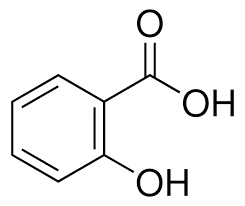applications:
Glyoxal 40 is readily biodegradable by showing more than 90 % decrease of dissolved organic carbon according to OECD guidelines 301 C-E and 303 A.
Glyoxal is listed as an accredited chemical substance in the production of paper for food packaging by the Federal Institute for Risk Assessment (BfR) in Germany, and by the Food and Drug Administration (FDA) in the U.S.
Glyoxal shows high potential in the substitution of aldehydes, e.g. for formaldehyde or glutaraldehyde. Additionally in disinfection it can be used as a co-biocide formulated together with glutaraldehyde.
Applications: Textiles; Paper; Leather; Cosmetics; Epoxy; Oil; Gas; Disinfection; Glyoxylic Acid.
Packaging:
250kg drums, 1250kg IBC totes and Isotank



